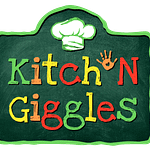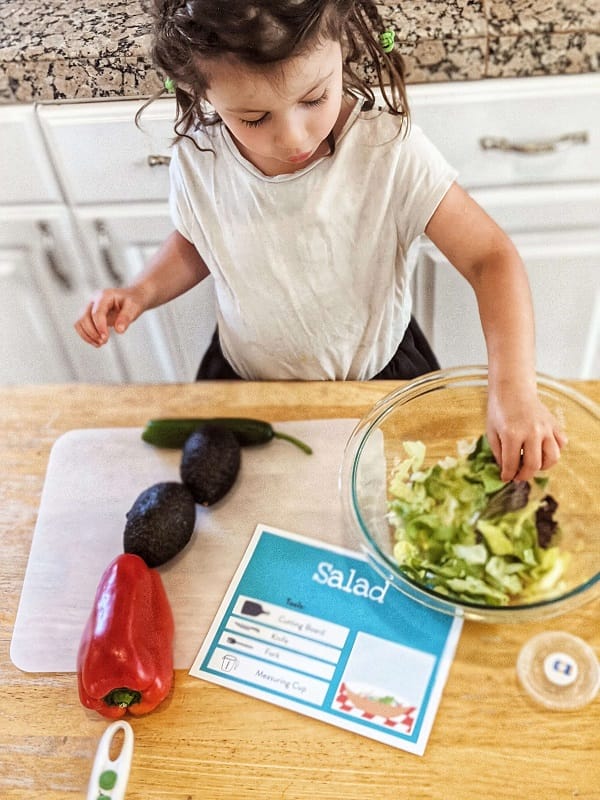Got Milk? For years, the dairy industry has encouraged people to drink more milk. And for good reason.
Milk is one of the best sources of calcium, which kids (and adults) need to build and maintain healthy bones.
But there’s also been a lot of push back against dairy. Plus a whole new market of dairy alternatives, including soy milk, nut milk and oat milk.
So here’s what you really need to understand making sure your kids are getting enough calcium.
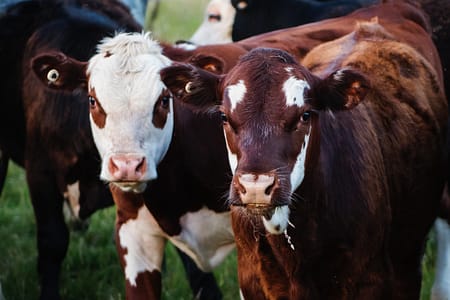
1. Cow's Dairy has a lot of Benefits
Many people choose dairy alternatives because cow’s dairy has gotten a bad rap lately, being blamed for obesity, diabetes and even types of cancer. Although there are definitely some downsides to cow dairy, nutritionally, it’s a pretty great source of nutrients.
Cow Dairy and Obesity
So, the good news is that science doesn’t support a link between cow milk and obesity.
In fact, kids who drink cow milk are not at a higher risk for becoming obese and as kids grow up, there is actually a protective quality of cow milk.
Kids with the highest dairy intake were 38% less likely to be obese and each additional serving of dairy a kid had a day correlated to a 13% reduction in the risk of being obese.
Cow Dairy's Benefits
Additionally, milk has 8 important vitamins and minerals that are necessary for growing bones. Among the best known are calcium, phosphorus and vitamin D, and those are plentiful in cow milk.
Recently, more research points to magnesium as being crucial for bone development, and that is another wonderful nutrient found in milk.
Cow milk definitely provides a lot of health benefits for both growing kids and adults as well. Milk, cheese and yogurt all provide the benefits of dairy, so there are plenty of choices for all different tastes.
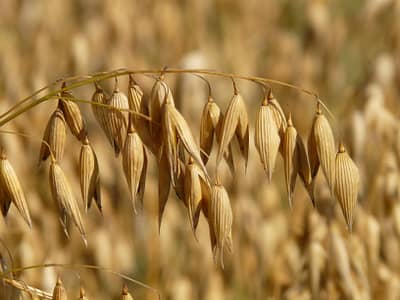
2. Milk Alternatives Work Too
But not everyone can drink milk. Plus there are of course issues with how cows are raised and cared for. So there are milk alternatives on the market, but how to they compare nutritionally to cow milk?
How much Calcium do Milk Alternatives Have?
There are quite a few non-dairy milk alternatives on the market, including soy, coconut and almond milks. For comparison, 1 cup of cow’s milk provides 30% of the recommended amount of calcium. Soy milk and almond milk each contain 6% of your daily calcium needs. Coconut milk contains 3% .
How to Choose a High Calcium Milk Alternative
The best thing to do is to read the label!
You’re looking for a milk alternative that is fortified in both calcium and Vitamin D.
The other thing to note is that other than soy milk, none of the milk alternatives have the same protein content as cow’s milk.
Finally, keep an eye on the added sugar! It’s always important to read the labels to know what’s really in our food.

3. Fish is a Good Source of Calcium
If you’re looking for a naturally occuring source of calcium, fish is an alternative to dairy,
What Types of Fish are Good?
Salmon and sardines (with the bones), clams and oysters are all good choices. 1 can of sardines (with the bones) contains 35% of the daily value, even more than 1 cup of milk.
But You Have to Eat What?
Bones!
In order to get the calcium from the fish, you need to make sure you’re getting salmon, sardines or anchovies with the bones. Which makes sense, since the bones are where the calcium is generally stored.
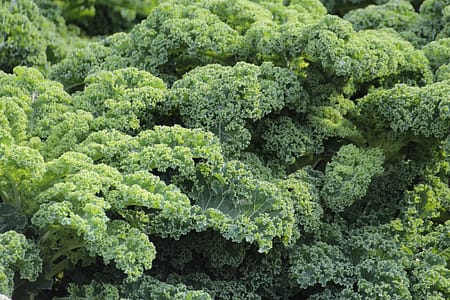
4. Plants that are High in Calcium
No fish? No problem! There are also several veggies that are good sources of calcium.
Leafy Greens
There are some vegetables that are relatively high in calcium. Leafy greens, such as turnip greens, kale, broccoli and cauliflower all provide calcium.
But it’s not even close to the amount of calcium you get from 1 cup of milk.
One cup of broccoli provides 7% of the recommended daily intake. One cup of cauliflower has about 2%.
Compared to 1 cup of milk, which provides 30% of the recommended daily value, these veggies have a lot less to offer.
So it’s good to keep in mind that 1 cup of broccoli isn’t a replacement for 1 cup of milk.
Beware of Imposters
There are some foods that, on the surface, appear to be good sources of calcium.
Rhubarb, spinach and Swiss chard all read as though they are great non-dairy sources of calcium.
For example, a package of frozen rhubarb claims in contains 25% of the RDA of calcium. So you can have your pie and enjoy it too!
Only, rhubarb (and spinach and Swiss chard) all contain another acid, which actually prevents the calcium from being absorbed. This info is not reflected on the nutrition facts, but it’s good to understand that these foods are actually not going to cut it.
Beans
Beans are also a great source of calcium. A cup of kidney beans have 6% of the recommended amount. Navy beans provide 12% and pinto beans about 8%.
Another non-dairy source of calcium is tofu. Depending on the brand, tofu may contain between 6-12% of your calcium needs.
So, What's the Best Choice?
Nutritionally, nothing can hold a candle to cow’s milk. It’s the highest in protein and calcium, and one of the best ways to help kids build strong healthy bones.
But it’s not for everyone.
So check the labels of milk alternatives to make sure they contain calcium and vitamin D. Also, eating plenty of leafy greens is always a great choice.
There are plenty of ways for kids to get the calcium they need, even without cow’s milk.
